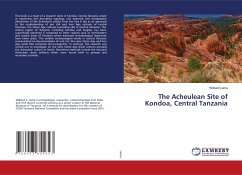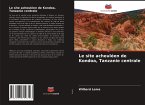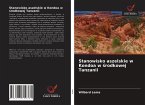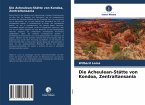This book is a result of a research done in Kondoa, Central Tanzania aimed at examining and describing typology, raw materials and stratigraphic distribution of the Acheulean artifact from the Iresi A site as an approach to the understanding of pre LSA and Iron Age cultures of central Tanzania. the Stone Age cultures preceding LSA in Central Tanzania. The central region of Tanzania, including Kondoa and Singida, has been superficially examined if compared to other regions such as northeastern and coastal areas of Tanzania where extensive archaeological researches have taken place. The earliest archaeological works in central Tanzania concentrated on documentation of rock art, the Later Stone Age and Iron Age while ESA remained terra-incognitta. In contrast, this research was carried out to investigate on the Early Stone Age (ESA) cultures precisely the Acheulean culture at Haubi. Recovered materials include the exclusive Acheulean stone artifacts which were found both in primary and secondary contexts.
Bitte wählen Sie Ihr Anliegen aus.
Rechnungen
Retourenschein anfordern
Bestellstatus
Storno








